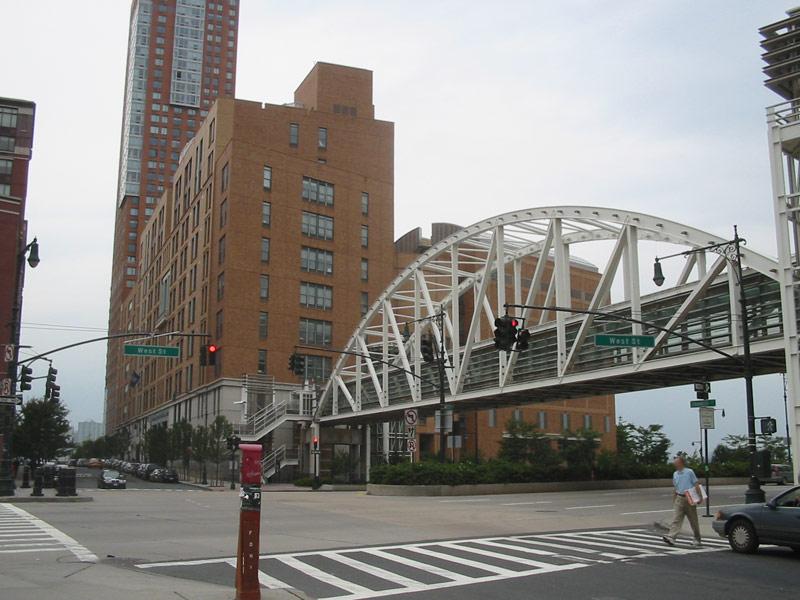Handful of public high school imposing entrance exams for interested students
Stuyvesant High School in New York City is among a small group of public schools that require students to take an admissions test to enroll. (Photo by A1111 via Wikimedia Commons.)
There are a handful of public schools scattered across the country where kids are clamoring to get in and to excel.
But not just anyone can get in. First there are tests, intense tests of academic aptitude.
Kids from all backgrounds compete to get one of the coveted slots. As America tries to regain its public education footing, is this a model that could eventually trickle down to all sorts of schools?
Chester Finn Jr., a former assistant secretary of education and the co-author of a new book, “Exam Schools: Inside America’s Most Selective Public High Schools,” studied the 165 public high schools that are breaking from the pack and choosing who’s allowed in.
They exist in 30 states and the District of Columbia, including some two dozen in New York City. Typically, he said, they exist to serve smart kids, he said.
“In some cases, these schools take fewer than 10 percent of their applicants,” said Finn, who thinks that these exam schools are a good idea, but not the only good idea. “The country has not been doing well by its high ability kids — those who are likely to be tomorrow’s scientists and inventors and entrepreneurs and technologists.”
We’ve been working hard to pull up under-achievers, he said, but have been letting those at the top languish.
But high school is too late to find these kids, Finn said. We should be finding them in third and fourth grade, and making sure they have access to schools, teachers and classmates who will help them excel.
Do that, and we’ll have even more students applying for these highly selective schools.
Finn said he was taking a cab to visit Townsend Harris, in Queens, N.Y., one of the select schools, and it turned out the cab driver himself, an immigrant, just got his son in. Finn asked him why it was important his son go there, and the cab driver told him that it was important both so his son could get the best education and live a better life in America and because it’s safer.
“I thought this was a pretty vivid explanation of how this looks from the standpoint of low-income families that want to get their kids into schools like this,” Finn said.
The recent cheating scandal surrounding the academically elite Stuyvesant in New York City has raised a lot of questions about the kind of pressure students are under at these schools, and whether that’s good for high schoolers. But, as Finn points out, cheating is the only disciplinary problem the schools have.
“They don’t have kids cutting class, they don’t have kids bringing knives to school, they don’t have kids out rumbling in the corridors,” he said.
This is not to say that cheating is not a huge problem, in society as well as school.
But the major benefit of schools like this is that they keep educationally-minded families in the community, and in the public school system.
